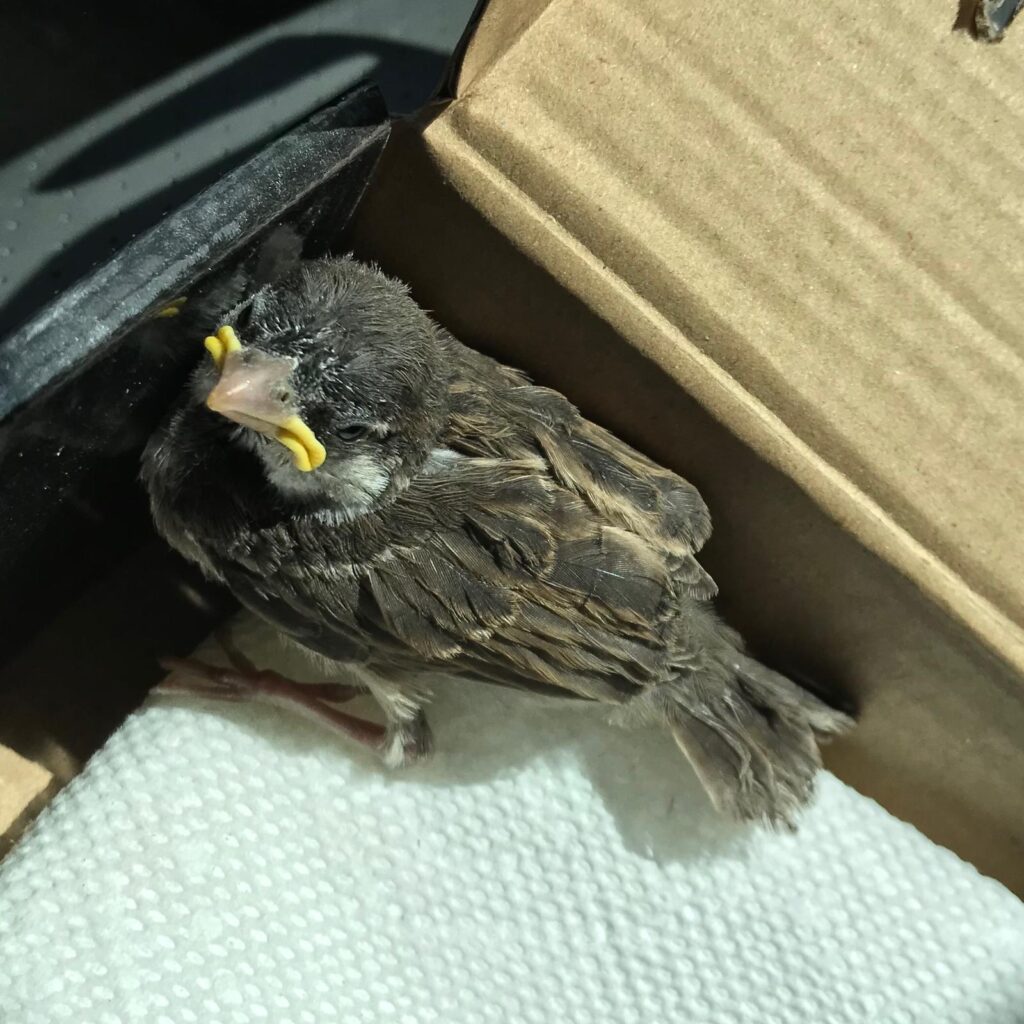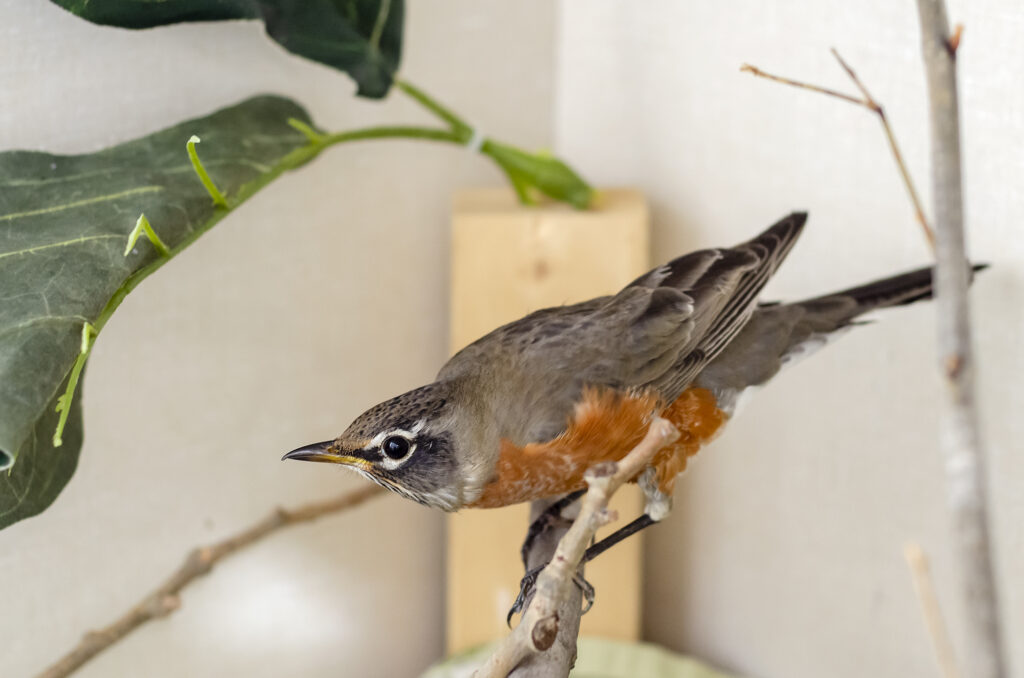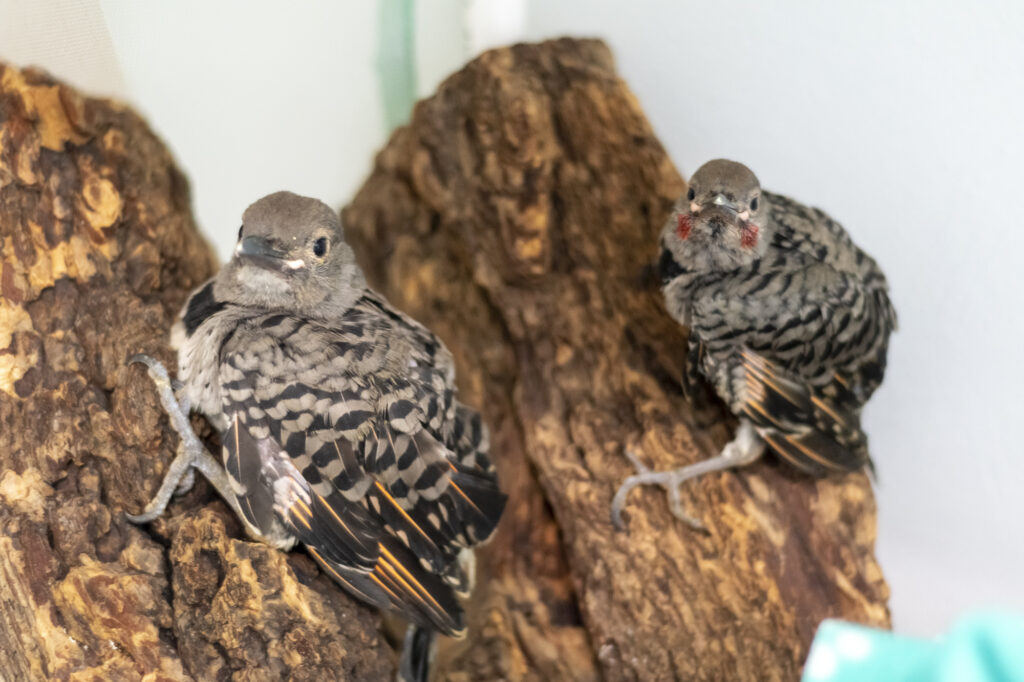By Gabriella Livingstone and Nina Obiar
One AIWC blog post from 2018 took a fascinating look at invasive species such as the brown rat, common goldfish, and invasive plants that are taking over ecosystems and threatening biodiversity. So what about birds? There are many invasive bird species because just like fish, mammals, and plants, birds can also be introduced to new ecosystems either accidentally or intentionally through a process of colonisation.1 While there have always been species invading new territories, we have been the culprits of speeding up the process of invasion through agriculture, trade, and human-driven climate change.2
Introduced non-native birds can cause many issues for biodiversity as they can out-compete native birds for food, resources, and nests and often invasive species do not have natural predators which makes inhabiting new ecosystems easier.3
What role does climate change play?
With future climates expecting to increase further and with more expected extreme weather events, we can surely expect invasive species to continue spreading and for native species to continue to decline. Climate change can cause currently non-invasive species to become invasive and many native species to shift their habitats, moving to new ecosystems.4 Climate change is not likely to substantially decrease the impact of invasive species as they are quick to adapt and have already successfully inhabited a range of environmental conditions.5 Invasive species, furthermore, will harm ecosystem resilience, making ecosystems across Alberta more vulnerable to the impacts of climate change. Although there are limited cases of direct viral disease transmission to humans, migratory birds are known vectors of disease like the West Nile virus and Influenza Virus A. They also pose a threat to our cattle and pets due to disease transmission of fatal viruses.
What birds are invasive in Alberta?
We have likely all seen many House Sparrows (Passer domesticus) around Alberta, that little brown bird that can be spotted even in busy downtown areas, but have you ever thought about why we see so many? House sparrows originated in Europe in the 1800s but have quickly become one of the most common birds in the world, and you guessed it… they are an invasive species.6 You’re probably thinking, how can something so small cause so much harm? While the house sparrow is a small bird they are able to adapt very quickly and live off of seeds from agriculture.7 House sparrows grew with the rise of agriculture and have continued to thrive alongside humans and in populations without humans they have been known to go extinct.8

Another invasive species to Alberta is the European Starling which many people confuse with blackbirds. European Starlings, like the small and mighty house sparrow, are widely seen in and around Alberta and often visit yards with fruit trees like apple trees and mountain ash trees which are relied upon by native birds like American Robins and Bohemian waxwings.9 European Starlings are highly adaptable as they can withstand varying climates, compete for food and habitats, eat a wide range of foods, and co-exist alongside us.10 As is the nature of invasive species, the growing population of European Starlings has caused declines in native bird species, especially those with similar requirements such as Northern Flickers, Bluebirds, and Woodpeckers.11

American Robin in care at AIWC 2022

Northern Flickers in care at AIWC 2022
Probability of Niche Suitability Overlap Between European Starlings and Northern Flickers in Response to Climate Change
Is climate change pushing invasive species out of Alberta?
While climate change does impact birds by destroying natural habitats, disrupting food availability, and harming reproductive success, invasive species can adapt to changing conditions more easily than native species. As we’ve already mentioned, the house sparrow are prolific breeders and outcompete native birds for nests with known cases of house sparrows even being violent with native birds for the space to lay their eggs. While the European starling’s ability to live anywhere and eat pretty much anything (like cattle rations, food crops, and insects) allows them to thrive in urban environments, live in disturbed habitats, and move easily to new habitats.
Can we do anything to help?
The good news is there are many actions we can all take to reduce the impact of invasive species.
Citizen Science:
Help from the community has led to scientists detecting early non-native species and is being used by the UN to address challenges like the Sustainable Development Goals. Canadian programs like the Schoolyard Bird Blitz and the Breeding Bird Survey are looking to you to help them monitor invasive alien species. You can start by downloading apps like Seek or Merlin that connect you to naturalists across the globe and can help you identify the species you encounter.
Contributing to AIWC
AIWC is completely donations-based, if you would like to help AIWC continue to care for our native birds, please consider donating or visit the AIWC shop.
Funding for this project was made possible through the University of Calgary’s Office of Sustainability.
References
- Hellmann, Jessica., James E. Byers, Britta G. Bierwagen, and Jeffrey S. Dukes. “Five Potential Consequences of Climate Change for Invasive Species.” Conservation Biology 22, no. 3 (2008): 534–43. https://doi.org/10.1111/j.1523-1739.2008.00951.x.
- Bellard, Celine, Wilfried Thuiller, Boris Leroy, Piero Genovesi, Michel Bakkenes, and Franck Courchamp. “Will Climate Change Promote Future Invasions?” Global Change Biology 19, no. 12 (2013): 3740–48. https://doi.org/10.1111/gcb.12344.
- Bellard, Celine, Wilfried Thuiller, Boris Leroy, Piero Genovesi, Michel Bakkenes, and Franck Courchamp. “Will Climate Change Promote Future Invasions?”
- Hellmann, Jessica., James E. Byers, Britta G. Bierwagen, and Jeffrey S. Dukes. “Five Potential Consequences of Climate Change for Invasive Species.”
- Hellmann, Jessica., James E. Byers, Britta G. Bierwagen, and Jeffrey S. Dukes. “Five Potential Consequences of Climate Change for Invasive Species.”
- Marchetti, P., & Moyle, P. B. Invasive species and conservation. In: Protecting life on Earth: an introduction to the science of conservation (pp. 199-217). (2010). University of California Press.
- Marchetti, P., & Moyle, P. B. Invasive species and conservation.
- Marchetti, P., & Moyle, P. B. Invasive species and conservation.
- European starling influx. Birds Calgary. (2012, October 26). Retrieved August 23, 2022, from https://birdscalgary.com/european-starling-influx/
- Marchetti, P., & Moyle, P. B. Invasive species and conservation.
- Marchetti, P., & Moyle, P. B. Invasive species and conservation.
- Occurrences of Pica Hudsonia taken from GBIF.org (24 May 2022) GBIF Occurrence Download https://doi.org/10.15468/dl.78qynx


